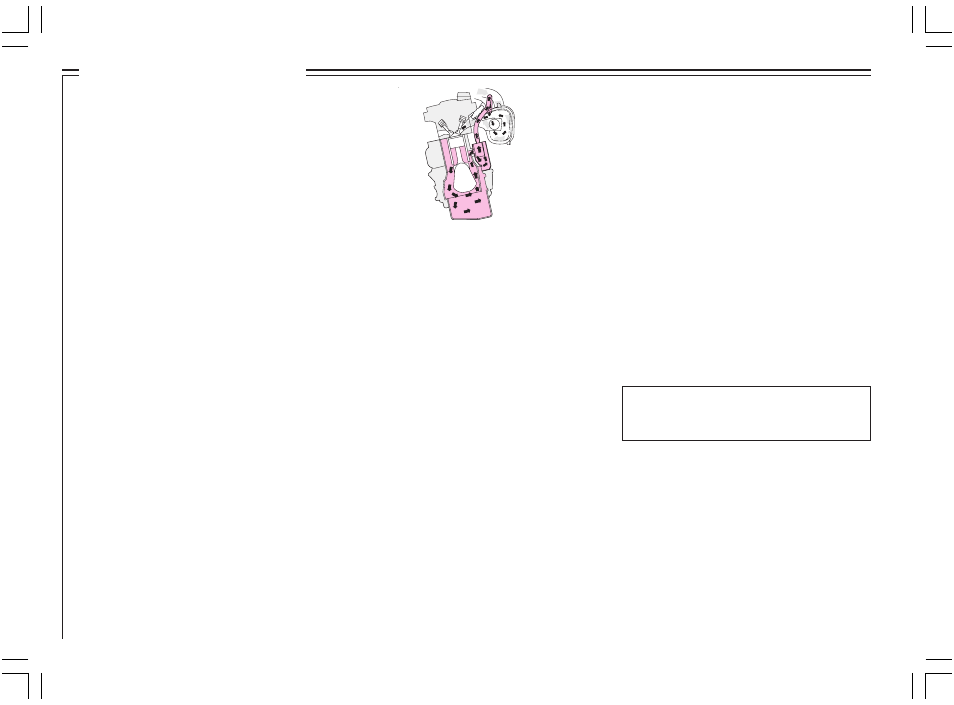Fuel/emissions systems – Volvo 2005 C70 User Manual
Page 126

120
Fuel system
The fuel system is all-electronic and is
microprocessor-controlled. It can continually
compensate for variation in engine load, speed
and temperature to give the best economy and
power. A mass air flow sensor measures the
inducted air. In this way the system can make
instantaneous adjustments for changes in air
temperature or density, thus always assuring
the best economy with the lowest possible
exhaust emissions.
Heated oxygen sensor(s)
This is an emission control system designed to
reduce emissions and improve fuel economy.
The heated oxygen sensor monitors the
composition of the exhaust gases leaving the
engine. The exhaust gas analysis is fed into an
electronic module. This adjusts the air-fuel
ratio to provide optimum conditions for
combustion and efficient reduction of the three
major pollutants (hydrocarbons, carbon
monoxide and oxides of nitrogen (NOx) by a
three-way catalytic converter.
Fuel/emissions systems
Crankcase ventilation
The engine is provided with positive crankcase
ventilation which prevents crankcase gases
from being released into the atmosphere.
Instead, the crankcase gases are routed to the
intake manifold and cylinders.
Evaporative control system
The car is equipped with an evaporative
control system which prevents gasoline vapor
from being released into the atmosphere.
The system consists of a fuel tank with filler
pipe and cap, a rollover valve, a Fill Limit
Vent Valve (FLVV), vapor vent lines, a
charcoal canister, a purge line, a purge control
valve and engine connections .
In addition, there is a pressure sensor
connected to the fuel tank and a filter-
protected Canister Close Valve (CCV) on the
atmospheric side of the canister, for system
diagnosis.
The gasoline vapor is channeled through the
rollover valve and the FLVV via the vapor
vent lines into the charcoal canister, where it is
2200090A
Crankcase ventilation
stored. When the engine is started, the gasoline
vapor is drawn from the charcoal canister to
the engines air intake system and into the
combustion process.
NOTE:
•
If the fuel filler cap is not closed tightly or
if the engine is running when the car is
refueled, the Malfunction Indicator Lamp
may indicate a fault.
•
During a transitional period, a small number
of service stations may still have fuel
nozzles that are not compatible with the fuel
filler neck on cars equipped with the
evaporative emission control system
mandated by the U.S. Environmental
Protection Agency and the California Air
Resources Board. If you experience
difficulties in refueling your vehicle, please
ask the gas station attendant for assistance.
CAUTION: Fuel must not be siphoned
from the fuel tank. This will damage the
evaporative emission control system.